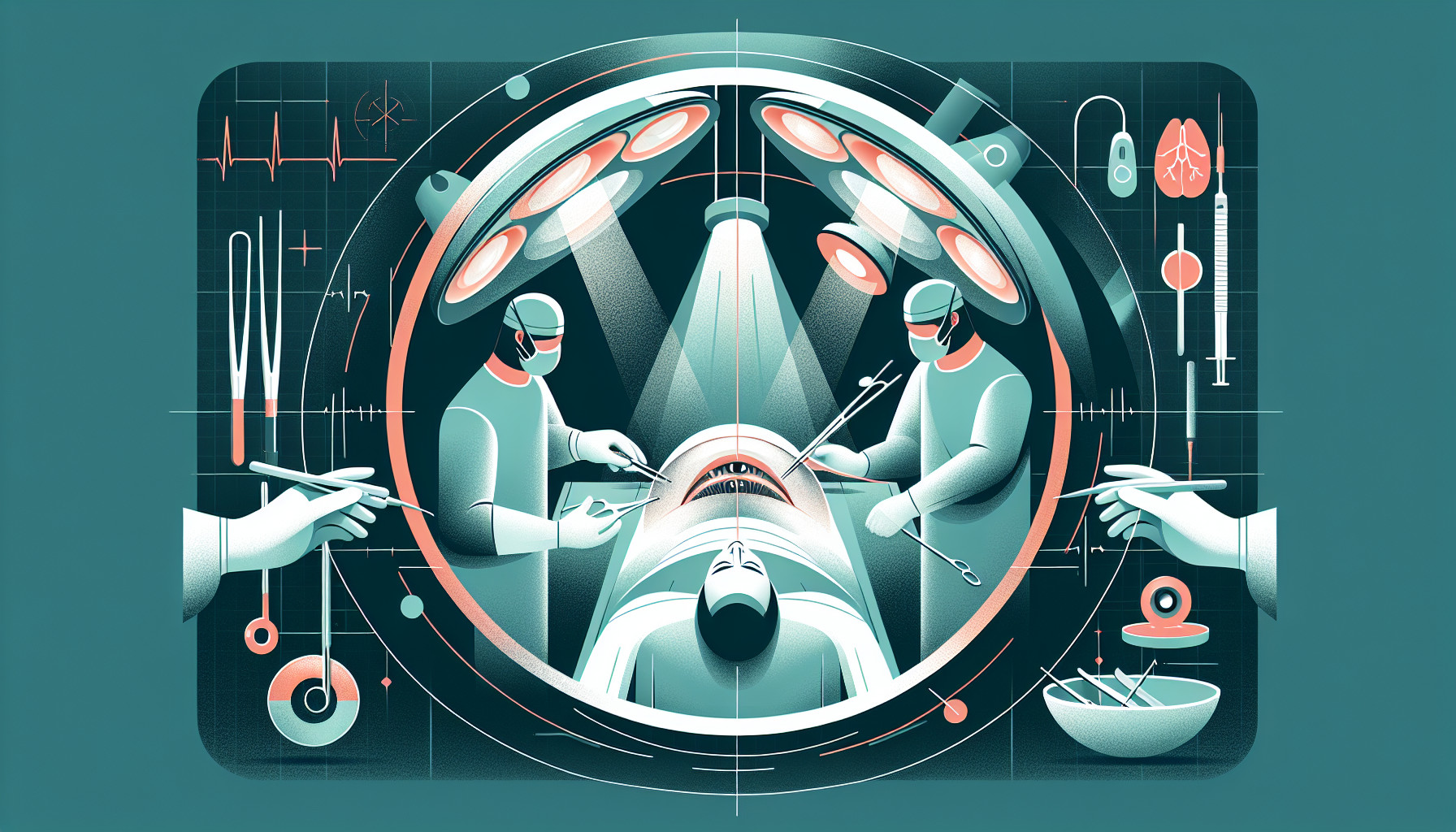Our Summary
This research paper talks about a type of cataract surgery called Manual Small Incision Cataract Surgery (MSICS). This surgery has been fine-tuned and improved lately and is often used as an alternative to a more common type of cataract surgery, known as phacoemulsification, especially in developing countries. This paper suggests that MSICS could also be useful in developed countries, particularly for dealing with difficult cataract cases.
The paper finds that MSICS is a quicker and cheaper surgical technique which can often be done even in less-than-ideal conditions. It doesn’t require the same expensive equipment as phacoemulsification, making it more cost-effective. The results in terms of vision improvement and risk of complications are similar for both types of surgery. MSICS can result in slightly more astigmatism (a common vision condition that causes blurred vision), but this can be reduced with a slight tweak in the surgical technique.
The paper also highlights that MSICS has been successful when used in large public health programs, helping to increase the rate and quality of cataract surgeries, especially in developing countries.
Finally, the researchers suggest that even though MSICS may not be the first choice for cataract surgery in developed countries, it is still a valuable skill for eye surgeons to have, particularly for dealing with complex cataract cases. They recommend that it should be included in the training program for new eye surgeons in developed countries.
FAQs
- What is Manual Small Incision Cataract Surgery (MSICS) and how is it different from phacoemulsification?
- What are the benefits and drawbacks of MSICS compared to other cataract surgery techniques?
- Why should MSICS be included in resident training programs in developed countries?
Doctor’s Tip
A doctor might tell a patient undergoing cataract surgery that MSICS is a safe and cost-effective procedure, especially in developing countries. The visual outcomes and postoperative complications are comparable to phacoemulsification. It may be a good option for tackling complex cataracts with stony hard nucleus. It is important for patients to follow postoperative care instructions to ensure optimal recovery and visual outcomes.
Suitable For
Typically, patients who are recommended for cataract surgery are those who have significant vision impairment due to cataracts, which are cloudy areas in the lens of the eye that can cause blurred or dim vision. Patients experiencing difficulty with daily activities such as reading, driving, or seeing faces clearly may benefit from cataract surgery. Additionally, patients with cataracts that are causing significant glare or halos around lights, or those with cataracts that are affecting their ability to perform tasks safely, may also be recommended for surgery. Overall, the decision to undergo cataract surgery is made on a case-by-case basis by an ophthalmologist after a thorough evaluation of the patient’s eye health and visual needs.
Timeline
Before cataract surgery:
- Patient visits an eye doctor for a comprehensive eye exam, including a discussion about cataract symptoms and treatment options.
- The doctor confirms the presence of a cataract and discusses the need for surgery.
- Pre-operative tests and measurements are performed to determine the appropriate intraocular lens (IOL) for implantation.
- The patient receives instructions on how to prepare for surgery, including medication use and fasting guidelines.
After cataract surgery:
- The patient undergoes the surgical procedure, which typically lasts around 15-20 minutes.
- The patient is monitored in a recovery area for a short period of time before being discharged.
- The patient is given instructions for post-operative care, including the use of eye drops and any activity restrictions.
- Follow-up appointments are scheduled to monitor healing and visual acuity.
- The patient may experience improved vision within a few days to weeks after surgery, with full visual recovery expected within a few months.
- The patient may need to update their glasses prescription after surgery to achieve optimal vision.
What to Ask Your Doctor
- What is the success rate of manual small incision cataract surgery (MSICS) compared to phacoemulsification?
- What are the potential risks and complications associated with MSICS?
- How long is the recovery time after MSICS surgery?
- Will I need to wear glasses or contact lenses after MSICS surgery?
- Are there any specific pre-operative or post-operative instructions I should follow for MSICS surgery?
- How experienced are you in performing MSICS procedures?
- Can you provide me with some patient testimonials or success stories related to MSICS surgery?
- What is the cost difference between MSICS and phacoemulsification surgery?
- How does MSICS compare to other cataract surgery techniques in terms of visual outcomes and long-term results?
- Are there any specific lifestyle changes I should consider after undergoing MSICS surgery?
Reference
Authors: Ruit S, Gurung R, Vyas S. Journal: Curr Opin Ophthalmol. 2018 Jan;29(1):105-109. doi: 10.1097/ICU.0000000000000442. PMID: 29140816
